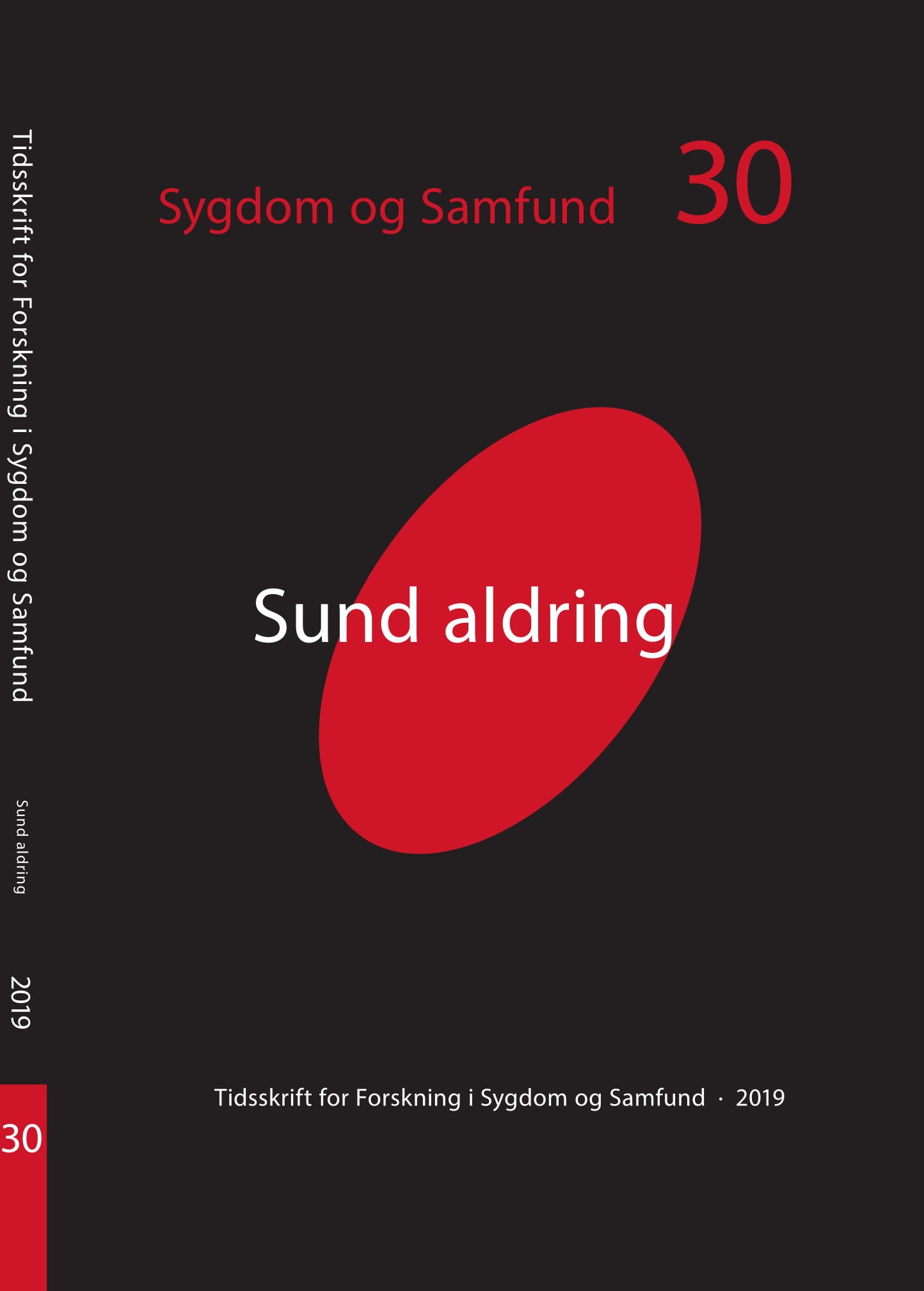Anxiety and hope in women’s images of the transition from working life to retirement:: Explored through the Visual Matrix method
Published 2019-05-28
How to Cite
Abstract
The article analyzes empirical material stemming from an explorative study of images of transitions in late life. It is based on an interdisciplinary research project, Exploring Life
Transitions in Old Age through a Visual Matrix (2014-15). The project explored a) the transition from working life to retirement, b) the transition from ordinary mental function to forms of dementia, and c) the transition from life to death. Empirical material was produced through the Visual Matrix method, and a matrix was held for each theme area with different groups of invited participants. This article focuses on the transition from working life to retirement, as it emerged through 14 female matrix participants´ visualizations. A Visual Matrix is a group-based, psycho-socially inspired method, which through its potentials to contain difficult and ambivalent feelings, is able to bring insights into layers of meaning, which can be difficult to express. The article introduces the method Visual Matrix for a Danish, secondary Nordic audience. Through examples from the transcribed matrix text and analyzes of central visualizations it shows the complexity and the strong emotional content of the participants’
ideas about the transition. The analysis shows that the transition holds complex ideas and feelings. Selected visualizations illustrate how the transition activates hope, anxiety and despair among the female participants. Recurrent themes are: a) fear of passivity, disease and decay versus a longing for »letting go«; b) fear of loss of individuality versus joy of belonging to a group with new, for younger persons, hidden opportunities, and c) despair associated with the end of individual life versus hope associated with continued symbolic life through future generations. The visualizations challenge concepts of late life as possible to categorize in a 3rd and 4th age, as retirement is portrayed as the entrance to old age and thus the entrance to essential aspects of both categories. Finally, the article discuss whether it is possible to accommodate to and process the diverse psychological challenges the transition from working life to retirement contains,
within available understandings and discourses.

